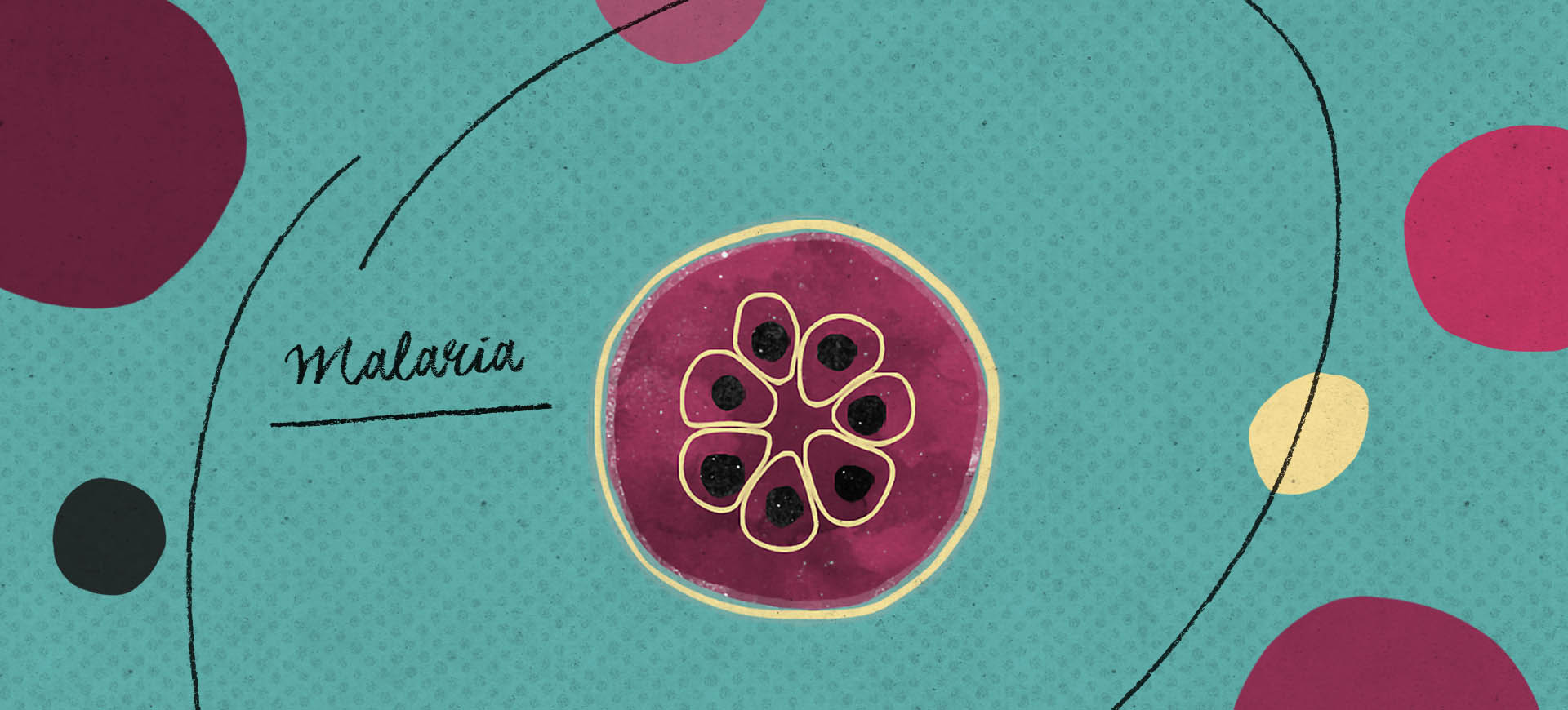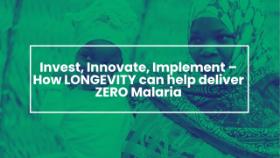Malaria is commonly misdiagnoses as the symptoms of malaria resemble many other illnesses and diseases. The difficulty with misdiagnosing malaria is that it needs to be treated within 24 hours or it can progress to an incredibly severe illness and even lead to death.
Malaria Symptoms
Symptoms can be mild or life-threatening.
Mild symptoms are:
- fever
- chills
- headache
Severe symptoms include:
- fatigue
- confusion
- seizures
- difficulty breathing
The Malaria Burden
- There were 249 million global cases of malaria in 2022, 5 million more than the year before.
- Malaria disproportionately affects children under five and those residing in rural areas.
- In 2022 the WHO Africa Region was home to 94% of all malaria cases and 95% of deaths.
- The estimated number of malaria deaths stood at 608,000 in 2022.
- In Africa, children under 5 years of age accounted for around 78% of all malaria deaths.
- Four sub-Saharan countries in Africa accounted for over half of all malaria deaths worldwide: Nigeria (26.8%), the Democratic Republic of the Congo (12.3%), Uganda (5.1%) and Mozambique (4.2%).
Source: World Health Organisation's Malaria factsheet
LONGEVITY and malaria
The malaria burden can be reduced by tackling the issue of non-adherence to current malaria prevention regimens which require taking many tablets, and adding new tools to the control strategies currently available.
The LONGEVITY Project aims to broaden the long-acting technologies available for people in LMICs. We are exploring development of a microarray patch (MAP) that people can wear on their skin for a few hours but will continue to release relevant medication for a period of time after it's removed. MAPs could dramatically impact ease and tolerability of malaria prevention, especially in those most effected i.e. newborns, babies and children. This will simplify drug delivery to improve adherence, reduce transmission rates and support future strategies to eliminate the disease.










